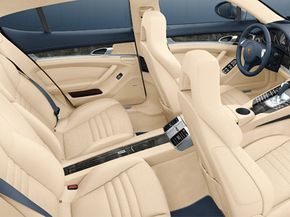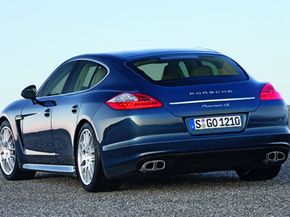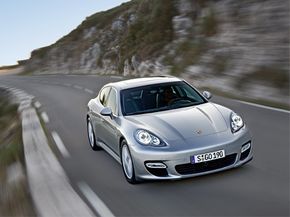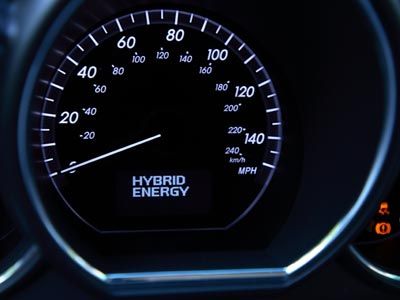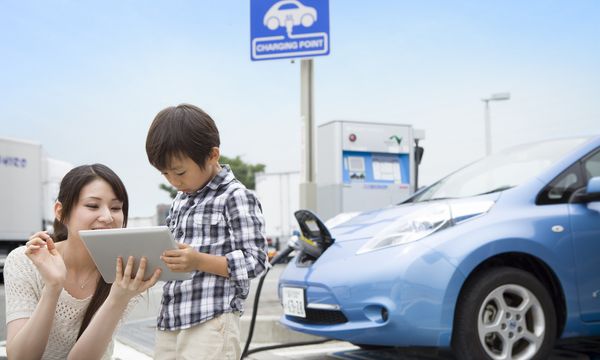Few automotive brands in the world have the kind of reputation for performance that Porsche has. The mere mention of the German automaker's name invokes images of speed, power and prestige.
For about 60 years, the company has delivered some of the most memorable sports cars ever to hit the streets, and they've established a legacy of victories on the racetrack as well. The company's iconic vehicle, the rear-engine 911, has been continually improved over decades to be one of the best performance cars on the planet. Porsche has also offered more attainable fun in the mid-engine Boxster and at the other end of the spectrum, supercar speed in the 10-cylinder Carrera GT.
Advertisement
But by Porsche's own admission, the company cannot survive by making sports cars alone. Doing so nearly put them out of business in the early 1990s. And in times of economic downturn, buyers tend to shy away from impractical vehicles built only for speed.
So the priority at Porsche, a company with heavy ties to Volkswagen and Audi, is now diversification. They started doing it in the mid-1990s with the aforementioned Boxster, a more affordable car than the premium 911 but one that's still a thrill to drive. A decade later, they did it with the Cayenne, an SUV co-developed with Volkswagen. While some hardcore brand loyalists have ridiculed the idea of a Porsche SUV, the profits say otherwise: The Cayenne is now the company's top-selling vehicle.
The trend of diversification continues this year with the addition of the Panamera, Porsche's first-ever production four-door sedan. Looking not unlike a 911 with an extra set of doors, the sedan goes on sale later this year and will compete with other premium four-door models like the Maserati Quattroporte and the Mercedes-Benz S Class.
The Panamera has another trick up its sleeve you may not expect from Porsche: It will offer a hybrid model in addition to its normal V-6 and V-8 engines. You heard that right -- a hybrid from Porsche!
In this article, we'll take a look at the new Panamera sedan, with a special emphasis on the planned hybrid version and how it will help save gas and maybe even the environment, too.
Advertisement

